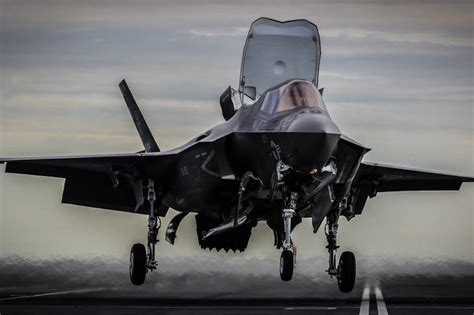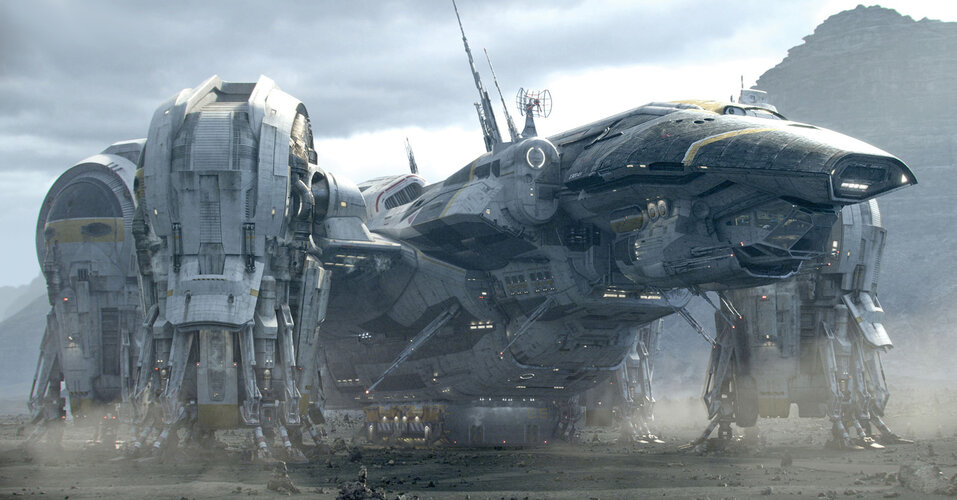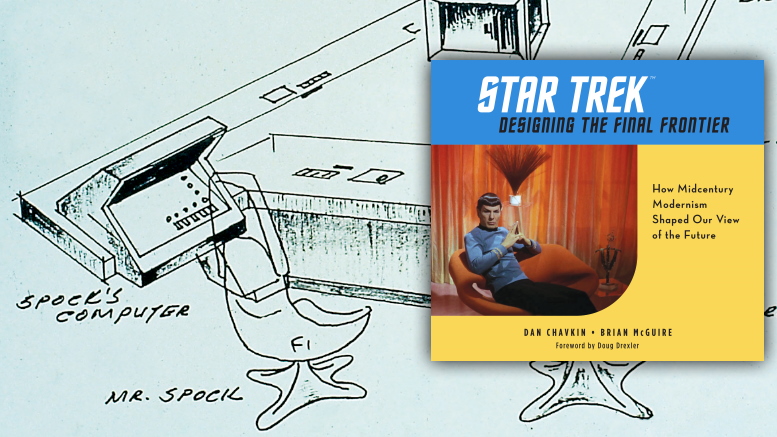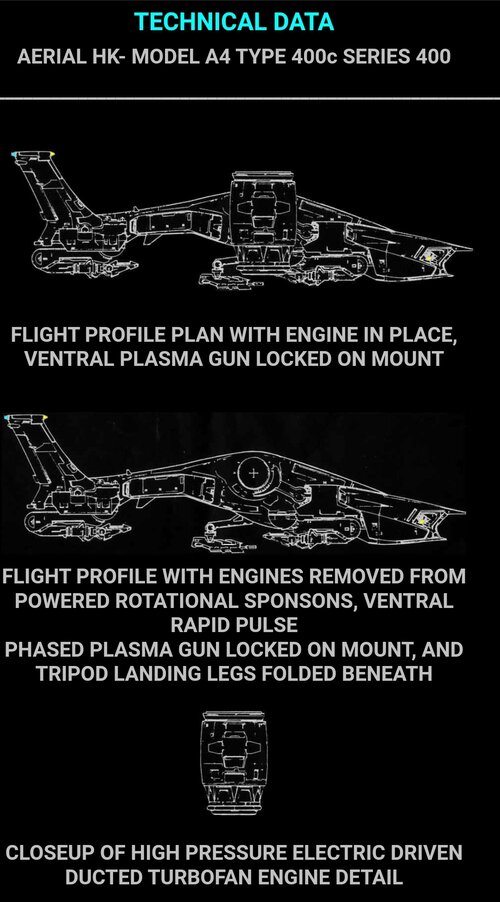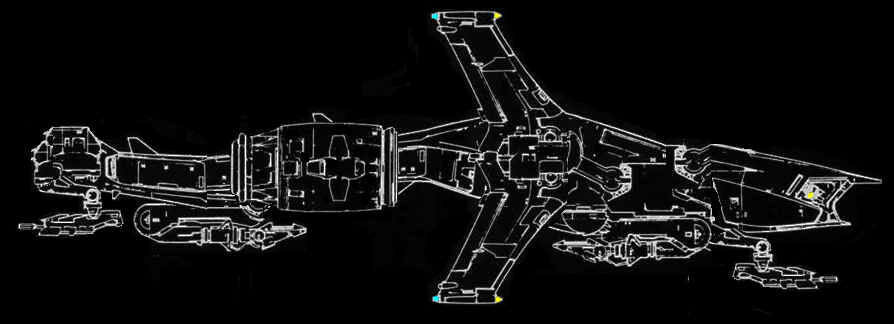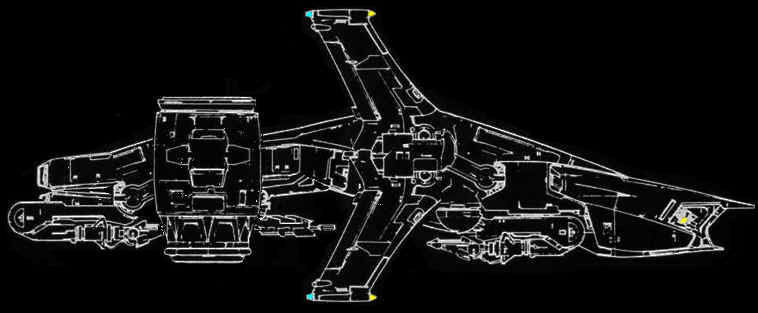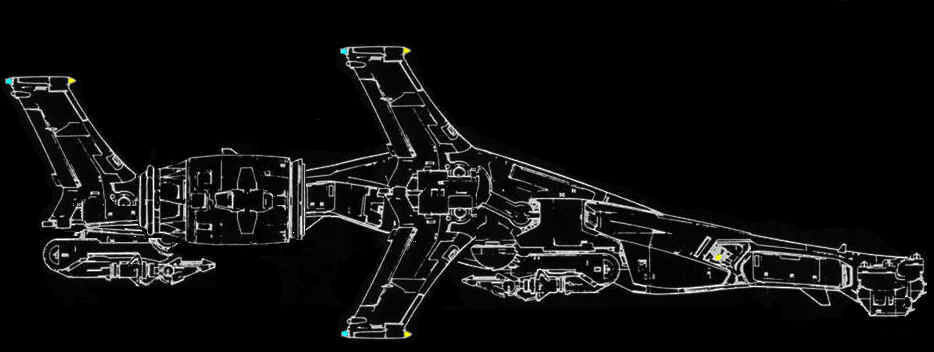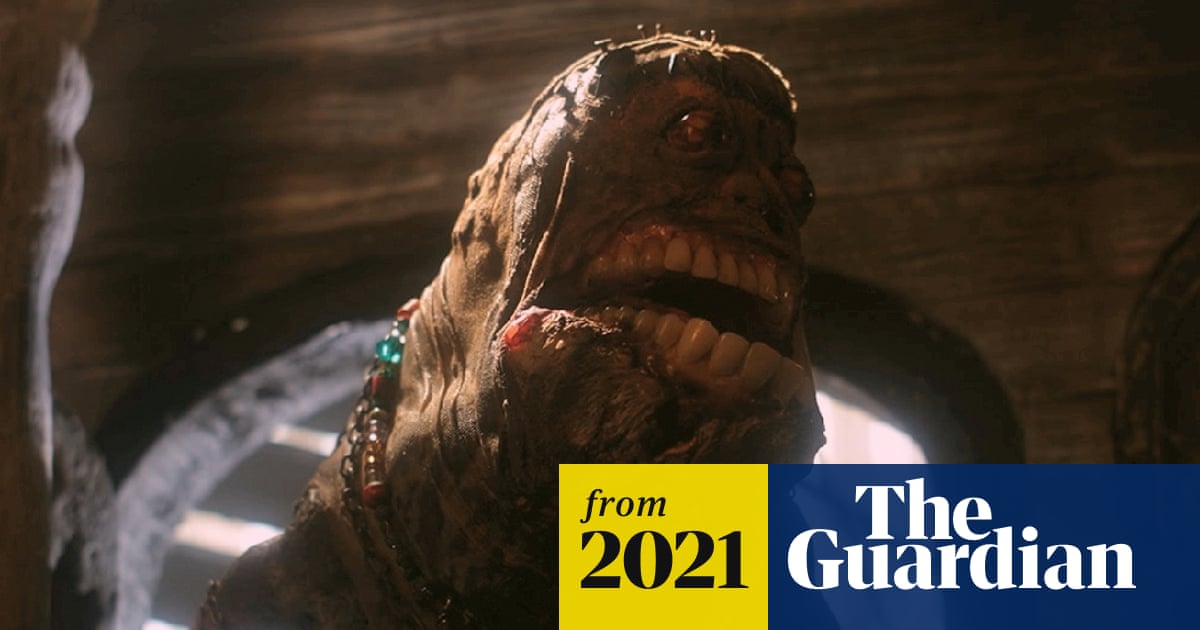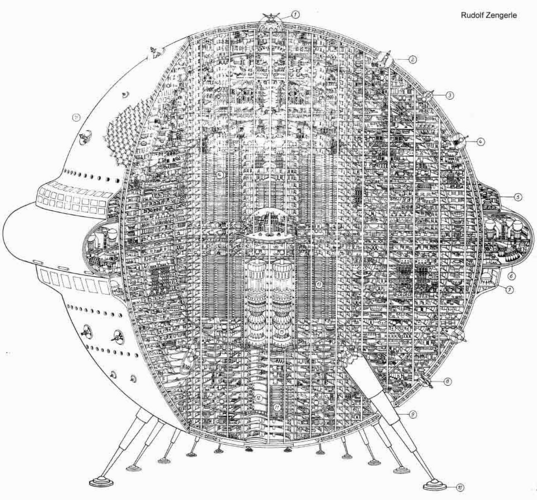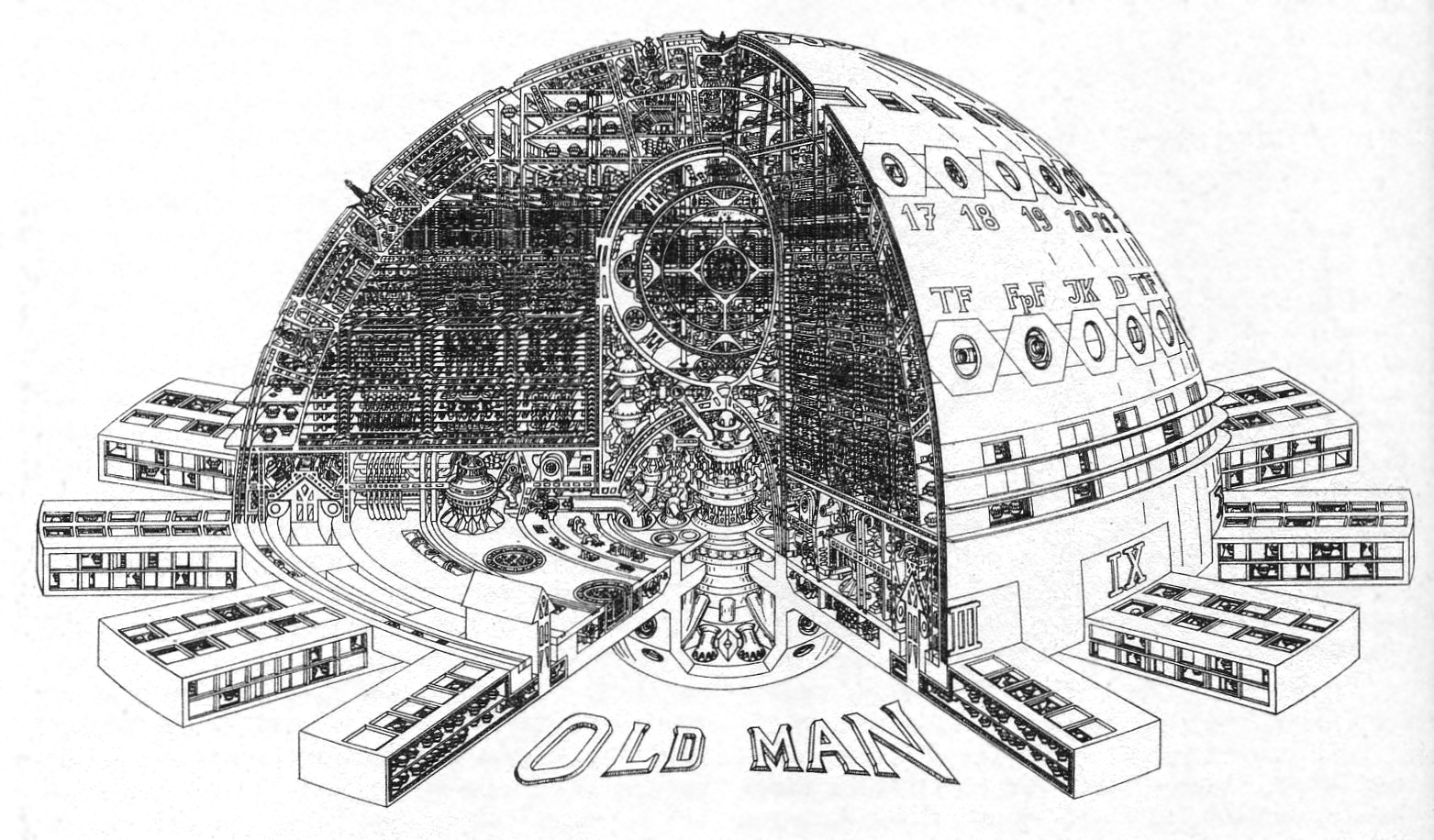jeffb
ACCESS: Top Secret
- Joined
- 7 October 2012
- Messages
- 1,280
- Reaction score
- 1,937
You can google "Hyundai New Horizons Studio" or "Hyundai Elevate" I remember seeing the principle proposed for helicopter landing gear (for landing on uneven, unstable rocky terrain), but can't remember exactly where. You can see why Hyundai bought Boston Dynamics.
Which sort of demonstrates why the "Dragonfly" has this sort of landing gear. It's obviously designed to operate in and around very rough and unprepared terrain. In the specific case here, terrain dominated by bombed out structures. The four engine pods give it the same sort of maneuverability you see in small 4 prop drones now without the worry of clearance for rotors.

